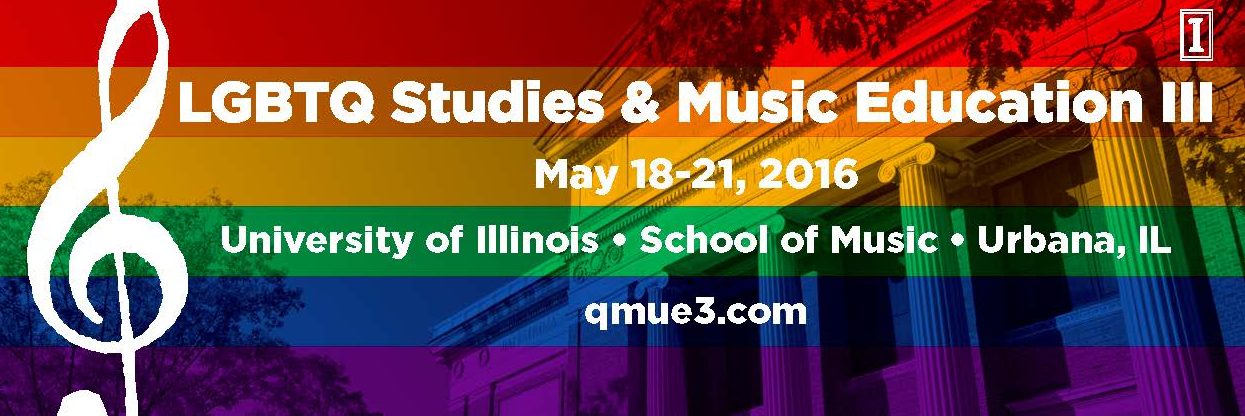Sarah Minette
Arizona State University
Title:
The Lived Experiences of Two Gay Music Educators: A Comparative Case Study
Abstract:
Gender and sexuality research in music education is a recent area of study that has become more accepted and encouraged at higher education institutions (Carter, 2014). Much of the research on gender and education has focused on the lived experiences of educators and students, not educators within a specific field, such as music education; and published literature on lesbian, gay, bi, trans*, or queer (LGBTQ) music educators is limited (Furman, 2012). Current studies about the lived experiences of LGBTQ music educators suggest that additional research needs to be completed in order to fully understand what members this population in the music education profession experience on a day-to-day basis (Bergonzi, 2009; Furman, 2012; Natale-Abramo, 2010; Palkki, 2015; Taylor 2011). While there are many societal shifts occurring outside the school walls, especially with the legalization of same-sex marriage, many traditional heteronormative ideals persist within the confines of school walls.
This comparative case study explores the various ways in which two gay music educators navigate their sexual identities in and out of the music classroom. The initial research questions guiding this study are: in what ways do gay and lesbian music educators adapt to a heteronormative profession in light of the cultural shift that is occurring outside the walls of K—12 schools; and what considerations do gay and lesbian music educators make when deciding if/when and/or how to come out to faculty and/or students. Data generated with the participants took place over the course of two, one-hour long interviews, a thirty-minute follow-up interview and weekly journal writings that each participant sent to me via email. Themes permeating from the data generated with the participants include: navigating multiple identities in and out of the classroom; the desire to be a role model; and partner privilege (Palkki, 2015). Using Catherine Connell’s (2015) framework of identity construction, “Splitters, Knitters, and Quitters”, I attempt to interpret and better understand the participants’ navigation of their identity as well as the intersection of partner privilege and role modeling within identity construction.
References
Bergonzi, L. (2009, December). Sexual orientation and music education: continuing a tradition. Music Educators Journal, 21-25.
Carter, B. (2014). Intersectionalities: exploring qualitative research, music education, and diversity. In C. Conway (Ed.), The Oxford Handbook of Qualitative Research in Music Education (pp. 538-552). Oxford University Press.
Connell, C. (2015). Schools Out: Gay and Lesbian Teachers in the Classroom. University of California Press.
Furman, L. J. (2012). The lived experience of a lesbain instrumental music educator. Establishing Identity: LGBT Studies and Music Education.
Natale-Abramo, M. (2010). Sexuality and the construction of music teacher identification. Establishing Identity: LGBT Studies and Music Education.
Palkki, J. (2015). “Negotiating the closet door”: The lived experiences of two gay music teachers. Visions of Research in Music Education, 26.
Taylor, D. (2011, Septemeber). Identity Negotiation: An Intergenerational Examination of Lesbian and Gay Band Directors. Retrieved from Research & Issues in Music Education: http://www.stthomas.edu/rimeonline/vol9/taylorfinal.htm

Leave a Reply
You must be logged in to post a comment.